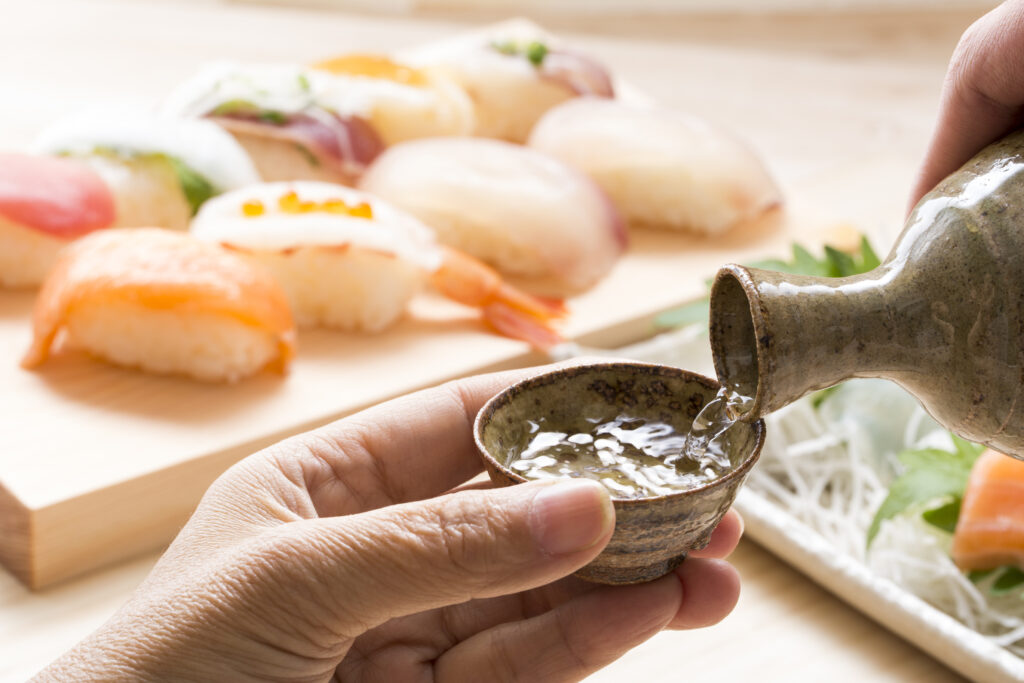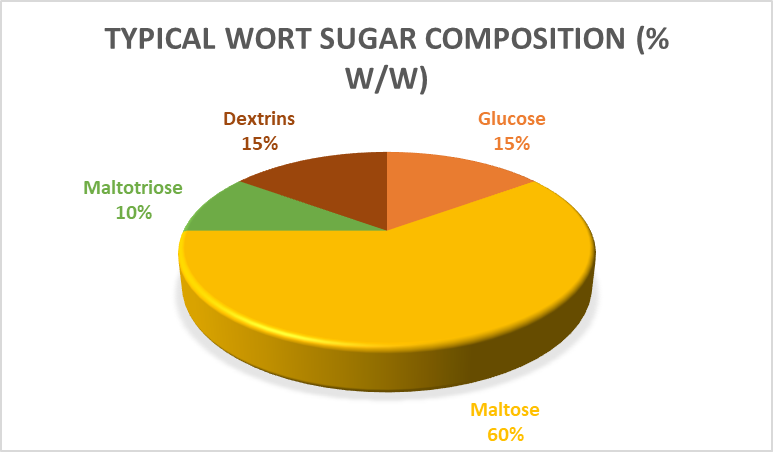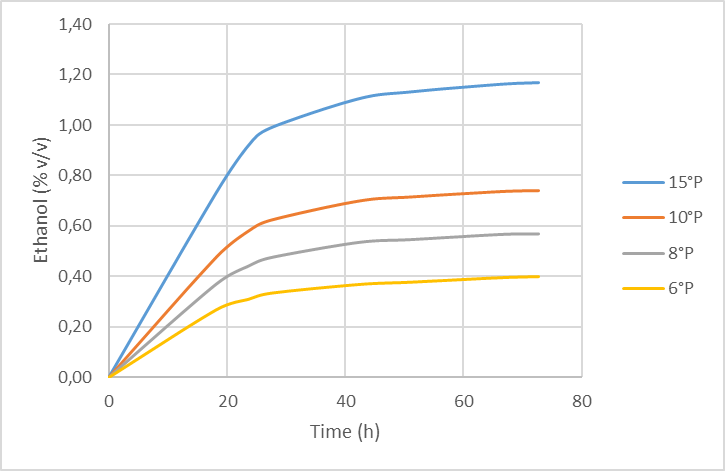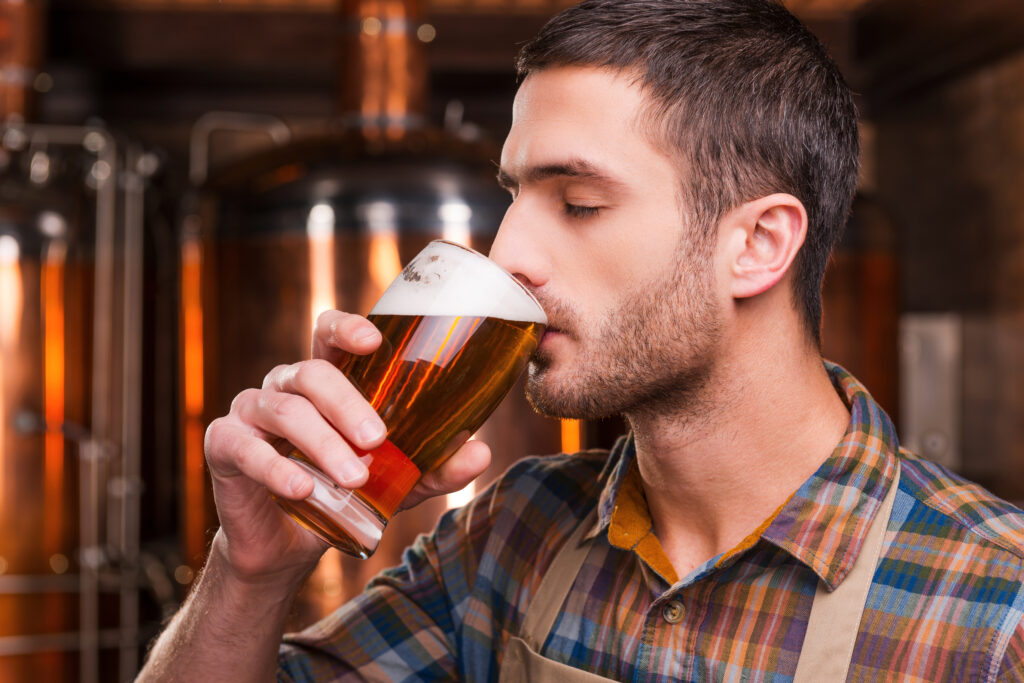
By: Tod Stewart
It’s “rice wine.” You serve it hot. It comes from Japan. And it only really pairs well with Japanese dishes like sushi and sashimi. Well, no, no, not necessarily, and no. If there’s a misunderstood libation in the world of alcohol, sake is surely it. However, once you dispense with the myths and misconceptions – and once you treat yourself to some higher-end examples served properly – you’ll likely find sake to be one of the most enjoyable and versatile tipples out there.
So, first things first: if sake isn’t “rice wine,” what exactly is it? Yes, it’s made from rice, but technically speaking, sake is closer to beer because it’s not fruit-based, and its production process sees starch con-verted to sugar prior to fermentation. (In comparison, wine fermentation involves the production of al-cohol via the fermentation of naturally occurring sugar found in grapes).
If you’re super keen to learn about sake production, you might want to read all 230 pages of The Text-book of Sake Brewing. Admittedly, it’s not exactly a riveting read, but it is thorough if nothing else. One part of the book I found particularly interesting was the glossary of sake brewing nomenclature. Here, I learned the meaning of such terms as shinseki, hikikomi, tsubodai, dakidaru and bōshitsu. The latter was particularly interesting. Bōshitsu: Accidental disappearance of finished sake. Translated to English: theft.
Book not for you? Okay, the condensed version goes something like this:
Sake’s main ingredients are rice, water, yeast and a curious ingredient called kōji. Sake rice (shuzō kōtekimai) differs from table rice in that the grains are typically larger and contain less protein. It is pos-sible to make sake using table rice. Still, for premium sake, true sake rice – you’ll hear names like Yam-adanishiki, Gohyakumangoku, Miyamanishiki and Omachi thrown around by sake geeks – is de rigueur. The reason is that the rice, at the start of the production cycle, is first polished to remove fats and pro-teins and expose the starch core. Smaller, more brittle table rice grains contain less starch and tend to break apart during the polishing process.
The degree of polishing has an impact on the “quality” – and price – of the final liquid. The polishing ratio (seimaibuai) refers to the percentage of the grain that remains after polishing (60% seimaibuai means 40% of the rice grain has been milled away). I put the word quality in quotations because I’m un-sure whether the word should be quality or character. Yes, the more the rice is polished, the more subtle and refined the sake’s flavor tends to be. And since there’s physically less rice to ferment, the reduction in quantity leads to an increase in price, which, rightly or wrongly, is typically indicative of higher quali-ty. But in my experience, the result of varying polish levels comes down more to stylistic variation than a case of one being “better” than the other. This brings us to the question of how you, as a consumer, can tell the difference between moderate and high-polish sake. Welcome to the wonderful world of sake classification.
Within the premium sake (tokutei meisho-shu) realm, there are several “tiers” that correspond to the polish level of the rice used. The highest is daiginjo, with a polish ratio of 50% (or less). This is fol-lowed by ginjo (60% or less polish), honjozo (70% or less) and finally, junmai (polish level not stipulat-ed). So far, so understandable. Where things get a bit dicey is when you see something like junmai-daiginjo. Is this some sort of combination that blends ultra-high polish rice with relatively low polish rice? Though that would make sense in a weird sort of way, when you see “junmai” stuck in front of ei-ther daiginjo or ginjo, it indicates that no additional alcohol has been added. Daiginjo and ginjo, with no qualifier, denote sakes that have a small amount of distilled alcohol added to them.
Got it? Good. But we’re not done yet. Enter tokubetsu. Tokubetsu indicates that some “special” element has been used during production. The nature of these elements is exactly why Google was invented.
Now, having a superior rice strain milled to the ideal ratio is still nothing but a pile of – albeit special – rice. As noted earlier, you’ll need water, yeast, and kōji to turn that polished pile into something drinka-ble. Before you can do anything with the rice, though, it needs to be steamed.
A few years back, I was fortunate to be a guest of the Japan Sake and Schochu Makers Association on a sake tour of (mostly) Hiroshima. On this winter excursion, I was able to see first-hand how all the com-ponents of sake come together.
I began my days watching clouds of vapor billow out of rice steamers. Steaming typically takes place early in the morning, when most nocturnally-inclined writers are still half-dead. Nonetheless, I bravely hauled myself out of bed to board the bus, don slippery slippers (shoe-wearing being forbidden on brew-ery floors) and observe the rice-steaming ritual. After the rice is washed and soaked to wash away rice dust, it’s steamed to soften the grains, preparing them for the infusion of kōji and ensuring they break up during fermentation. The aim is to get them firm on the outside, soft on the inside.
When it comes to water used in sake production, there is a distinct difference between the impact of hard and soft water. Hard water has historically been the preference of sake brewers, but soft water is what you typically find in the Hiroshima Prefecture. This area has some of Japan’s most premium sake today, but this wasn’t always the case. About 120 years ago, the water in the region lacked the minerals neces-sary to nourish fermentation. This led to a lackluster brewing reputation that changed when a brewer named Senzaburo Miura, from the village of Akitsu, mastered soft water brewing. He also created a new (at the time) style of sake – ginjo. As the sake produced here started to consistently take home top awards from the Zenkoku Shinshu Kampyou-kai, Japan’s most prestigious sake competition, it focused national attention on the area.
Yeast and kōji work as a tag team to turn polished, steamed rice and hard or soft water into finished sake. For a sake brewer, a toji, the decision of which yeast strain to use is a very big deal in that it impacts the end product’s aroma, texture, acidity and alcohol concentration. After several hours in a highly technical lecture on sake yeast, I became aware of two things: I have no real interest in learning anything more about yeast, and there are many, many yeast strains from which a brewer has to decide.
Getting the rice to a state where the impact of yeast actually amounts to something requires the rice to be inoculated with kōji. Kōji is a mold cultivated – or sometimes purchased – by sake brewers. When in-troduced to steamed rice, it initiates the saccharification process. Kōji converts rice starch into sugar that can, in turn, be converted by yeast into alcohol (in much the same way qu acts in the baijiu-making pro-cess).
If I learned anything from my Japan sake tour, it was this: making premium sake is a very labor-intensive activity, even if modern technology is employed to assist, which is rarely the case with smaller, family-run breweries.
As fascinating as crafting sake can be, drinking it is much more fun. Of course, these days, trying to find authentic Japanese sake is a bit of a problem due to: supply chain issues, transportation issues, fuel cost issues, COVID, Putin, etcetera, etcetera. The good news is that sake production isn’t confined to Japan. There’s plenty of top-notch sake being created in the United States – Oregon and California in particular. There is even a very respectable sake brewery in downtown Toronto. But if you’re a brewer looking to fill a niche, sake might be something to consider as we’ll likely be depending on local suppliers for a little while yet.
Assuming you can procure some quality sake from somewhere, enjoying it is basically as simple as get-ting it into your mouth. However, as with many things, a few things can up the pleasure level a bit.
While you don’t need any particularly fancy glassware, there’s now a Riedel junmai glass available, but a standard ISO wine glass works fine. In any case, serving temperature is probably the most important – and misunderstood – factor when it comes to fully appreciating sake. The most delicate and arguably, complex styles – daiginjo, ginjo, and the like – are best served chilled. More robust types – honjozo, for example – can be served anywhere between fairly chilled and fairly warm. Never hot.
It’s interesting to see how the character can change based on serving temperature. I remember being at a sake dinner (back in the “before time”) where the sake samurai (yes, there is such a thing) served the same sake chilled with sashimi and warm with pork belly. In both cases, the match worked beautifully. Try doing that with a lager beer. (Sure, a chilled lager with sashimi would work fine; a warm lager with pork—or anything—not so much).
Which brings me to sake and food. Yes, it pairs perfectly with what we might consider “typical” Japa-nese food. But as with all countries, Japanese food varies considerably depending on which part of the country you are in. So do the sakes from each region. But don’t stop with Japanese food. Sake and cheese can yield some surprising combinations. So can sake with chocolate, sake with nuts, sake with fruit, sake with fried foods….
So, if you’re looking to expand your knowledge and enjoyment of Japan’s national drink, say kampai to a glass of premium sake…at the proper temperature, of course.











